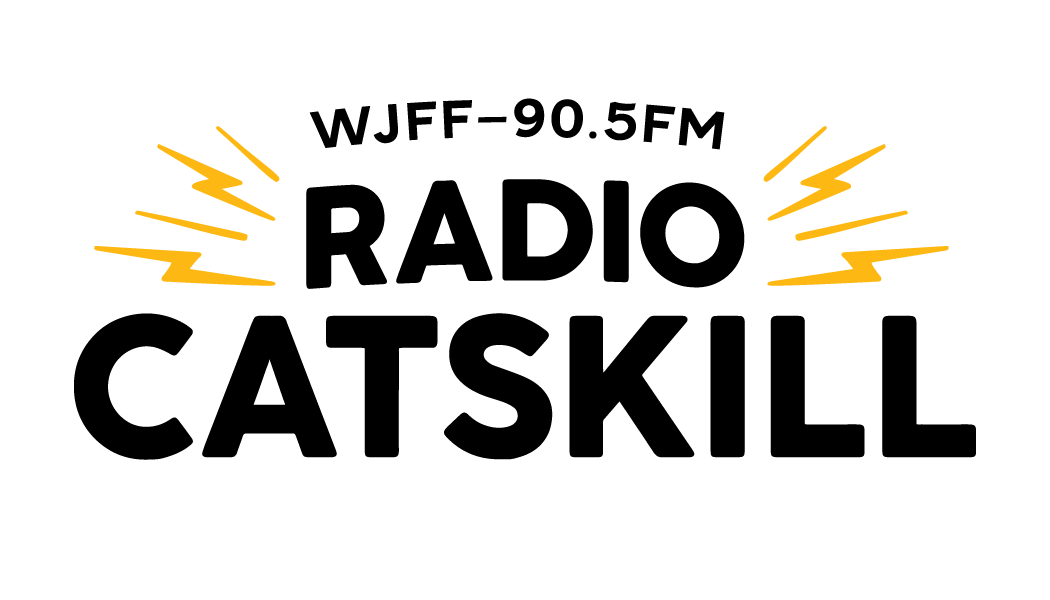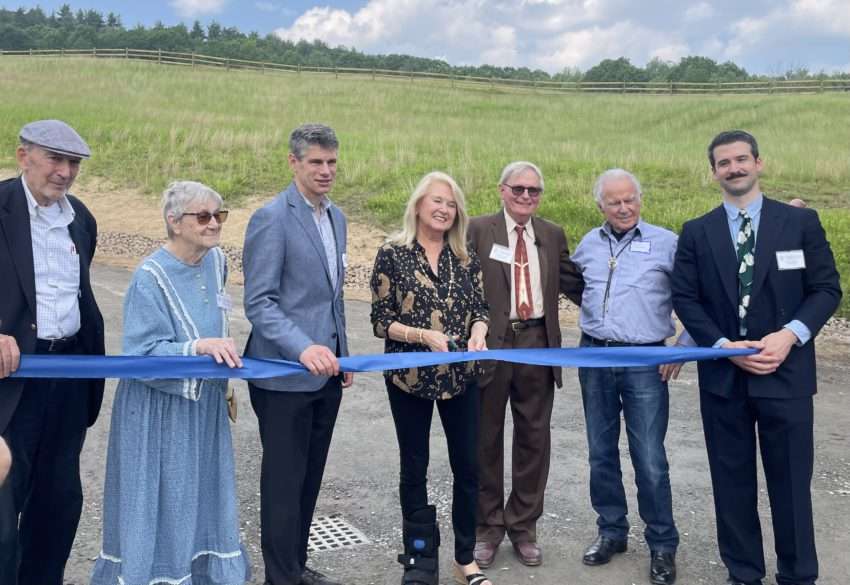The Catskills Reservoirs provide more than a billion gallons of fresh drinking water every day to New York City and other parts of the state. But behind this water supply are the stories of families who were displaced when the reservoirs were built.
Just off Main Street in Grahamsville, N.Y., a mechanical cow inside a restored calf shed looks like your average farm scene: there’s a water bucket on the floor, hay scattered on the ground, and a vintage shovel leaning up against the wall.
The shed and 18 other restored buildings are part of the Time and the Valley Museum’s newest exhibit expansion, the Lost Catskill Farm. From the 1930s to the 1950s, these buildings were home to families, farmers, small businesses, and animals. That all changed when New York City needed a new source of clean drinking water.
When the Catskills Reservoirs were built, more than 5,500 people lost their homes. Roughly 1,500 people from the Roundout and Neversink reservoirs along were displaced, according to the museum.
Richard Coombe, Board President of the Time and the Valleys Museum, says the exhibit is both about rural life before the reservoirs and the importance of the waterways.
“[The exhibit] not only deals with life in the 1930s and the taking for New York City, for water and displacing the people, but it also tells a story of watershed protection programs here and [into] the future,” said Coombe.
Rohit Aggarwala, Commissioner of the New York City Department of Environmental Protection, said the exhibit offers “real insight into who we are and how we got here.” While Aggarwala acknowledges it’s a bit awkward speaking at an exhibit tied to the city’s history of displacing communities, he’s hopeful that New York City’s relationship with the Catskills has evolved from a troubled past to one more positive.
“What matters is that we work [our relationship] through with respect, with mutual appreciation, and with a view towards creating value for everybody and recognizing everybody’s needs,” said Aggarwala.
At the June exhibit opening, family members – like Sandra Bertholf Gerry, whose relatives have long lived in Sullivan County – shared fond memories of life in Grahamsville. Gerry spoke about her father Raymond’s 1936 Rio Speed Wagon, which he had repainted in its original colors of black, gray, and red. Since 1978, the speed wagon has been in storage, bouncing from one family’s barn to another.
“It was time to find a more worthy home for his personal treasure. Here we are and not a better place for it, really,” said Gerry. The speed wagon now joins dozens of period-era artifacts, tools and equipment used in farms, smokehouses, cellars, and maple sap houses.
The Time and the Valleys Museum is open to the public on Saturdays and Sundays from 12 p.m. to 4 p.m. until the end of September.
Image: Supporters and board members of the Time and the Valleys Museum at the exhibit’s June ribbon cutting ceremony (Photo Credit: Kimberly Izar)

